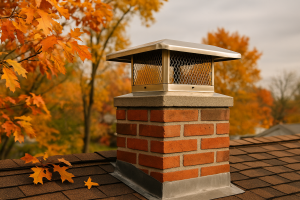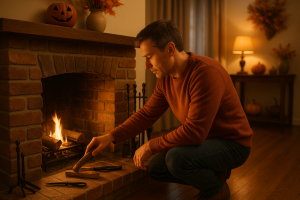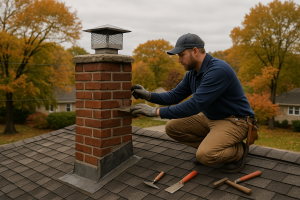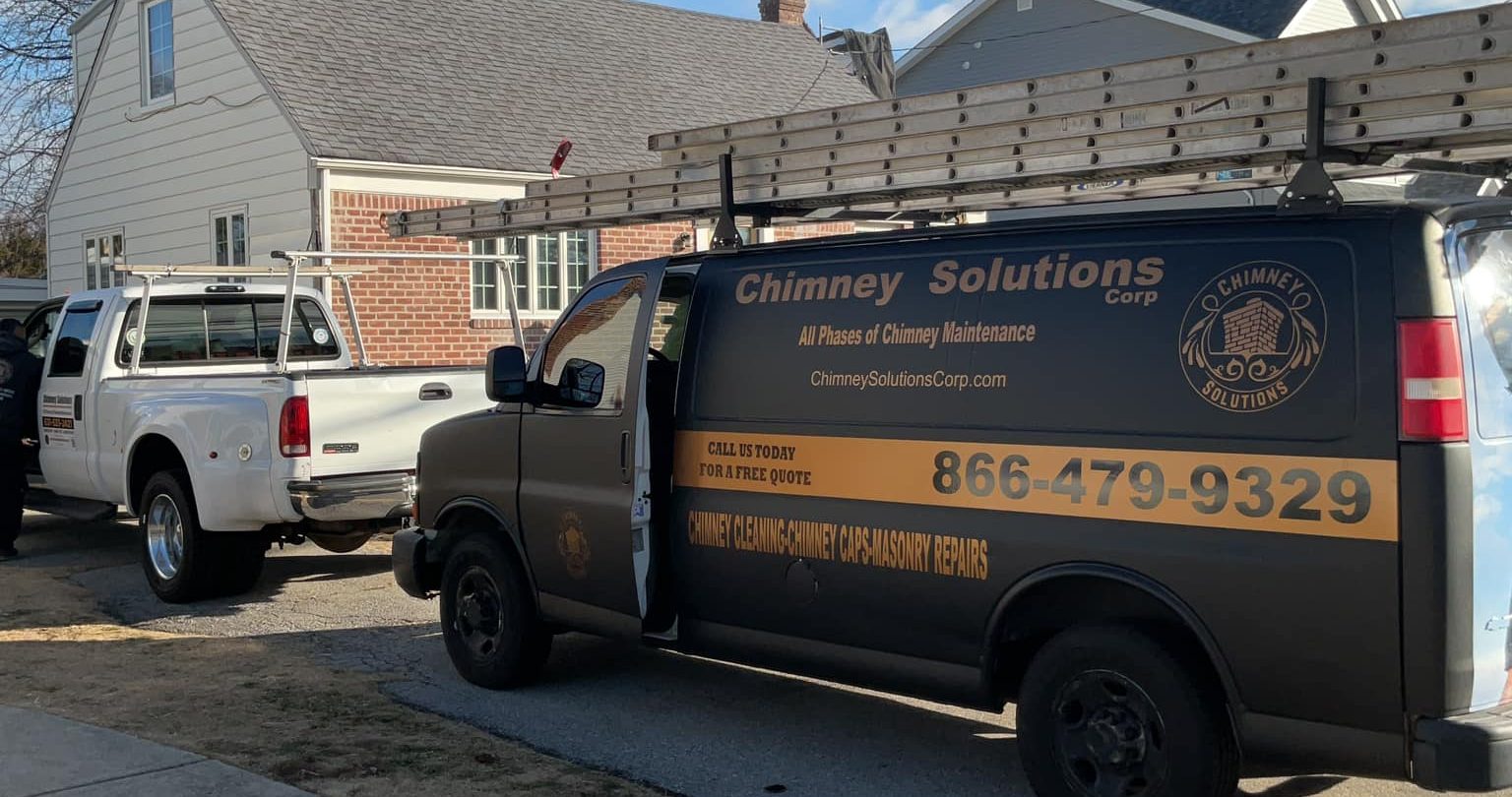Chimney sweeping plays a crucial role in fire prevention, home safety, and indoor air quality — yet it’s one of the most overlooked aspects of home maintenance. As homeowners enjoy the comfort of wood-burning fireplaces or pellet stoves during the colder months, they may be unaware of the potential fire hazards that can build up in their chimneys. From creosote buildup to animal nests and blockages, a neglected chimney poses serious threats.
This article explores the vital role professional chimney sweeps play in keeping homes safe, why regular maintenance is necessary, and how chimney sweeping directly reduces the risk of fires and toxic gas exposure.
A Brief History of Chimney Sweeping
The history of chimney sweeps dates back to the 16th century, evolving across the 18th, 19th, and 20th centuries. Early chimney sweeps often worked in dangerous conditions, especially in urban Europe where narrow chimneys required child labor to perform cleaning.
Traditional vs. Modern Practices
Today, sweeping practices have transformed, using advanced tools like rotary brushes, vacuum systems, and camera inspections. Professional sweeps are trained, certified, and follow strict safety standards, ensuring every chimney is properly maintained for modern homes.
Why Chimney Sweeping Is Critical for Fire Prevention
The primary cause of chimney fires is creosote buildup — a flammable substance created when wood or solid fuel burns. This sticky, tar-like substance can accumulate inside chimney flues and ignite at temperatures exceeding 2,000°F, causing dangerous fires that damage homes or worse.
What Causes Creosote Accumulation?
Several factors accelerate the buildup of creosote, including:
Factor | Description |
|---|---|
Fuel Type | Burning unseasoned or moist wood increases creosote formation. |
Burn Time | Slow-burning fires produce more smoke and residue. |
Airflow Issues | Poor ventilation prevents gases from escaping properly. |
Appliance Design | Some solid fuel-burning appliances burn less efficiently. |
A well-maintained chimney helps prevent these conditions, reducing the chance of chimney fires.
The Health and Safety Risks of a Dirty Chimney
A dirty chimney doesn’t just pose a fire hazard — it affects your health and home in other ways too.
Major Concerns Include:
- Carbon monoxide poisoning: Blocked chimneys prevent gases from exiting, leading to toxic gas buildup.
- Poor indoor air quality: Accumulated soot and smoke affect breathing conditions.
- Animal nests and debris: These can cause blockage issues and encourage pests.
- Structural damage: Moisture and creosote can erode mortar joints and chimney liners.
Routine chimney maintenance eliminates these issues before they become costly repairs.
Tools and Techniques of the Modern Chimney Sweep
Modern sweeps use specialized tools designed for both efficiency and safety. A standard professional service might include:
- High-powered shop vacuums with HEPA filters
- Advanced brushes and rotary systems for deep cleaning
- Camera inspections for spotting hidden issues and chimney defects
- Use of canvas drop cloths and other protective gear for a safe cleaning process
These tools enable professionals to tackle chimney complexity across different systems, from gas fireplaces to wood-burning stoves.
Certified Chimney Sweeps: What Makes Them Essential?
Hiring a certified sweep ensures that you’re getting a knowledgeable expert trained in detecting and resolving potential issues before they escalate. Organizations like the Chimney Safety Institute of America (CSIA) and National Chimney Sweep Guild (NCSG) provide credentialing and continued education for chimney professionals.
What to Expect from a Certified Sweep:
- Annual chimney inspections
- Detailed examination of the flue, liner, and structure
- Guidance on correct burning techniques and fuel types
- Identification of performance issues and maintenance tips
Their role is not only to clean, but to ensure your system runs with efficient operation and safe operation year-round.
How Often Should a Chimney Be Cleaned?
This is one of the most common questions homeowners ask — and for good reason, as proper timing directly impacts safety, efficiency, and overall fireplace performance.
Recommended Frequency of Chimney Sweeping
Usage Type | Cleaning Frequency |
|---|---|
Frequent wood-burning (3+ times/week) | Twice a year |
Seasonal fireplace use | Annual chimney sweeping |
Pellet stoves or wood stoves | Every 1–2 tons of pellets or every cord of wood burned |
Gas fireplaces | Annual inspection to ensure chimney performance and detect structural issues |
Even infrequent fireplace users should invest in annual chimney inspections, as animal entry, creosote deposits, structural issues, and chimney blockage can develop regardless of how often it’s used.
Economic Benefits of Regular Chimney Maintenance
Some homeowners see chimney sweeping as an unnecessary cost. In reality, it’s a cost-effective, preventative investment with significant long-term safety and financial returns.
Why It Pays Off:
- Prevents expensive repairs due to chimney fire damage
- Extends the lifespan of hearth appliances
- Improves burn efficiency, heat transfer, and reduces energy costs
- Maintains chimney structure and avoids major reconstruction
Keeping a clean chimney saves thousands in the long run — and protects your home from additional safety hazards.
Signs That Your Chimney Needs Cleaning
If you’re unsure when to schedule a sweep, here are common indicators your chimney may need attention:
- Smell of smoke even when the fireplace isn’t in use
- Bunch of smoke entering the home during burns
- Black stains around the fireplace opening
- Presence of soot staining or dark residue
- Unusual performance issues or difficulty starting a fire
These are all signs of hazardous buildups or creosote build-up and should not be ignored.
Final Thoughts: The Critical Role of Chimney Sweeps
Chimney sweeps play a crucial role in protecting homes from potential fire hazards, health issues, and structural damage. They offer more than just cleaning services — they bring peace of mind to homeowners by ensuring a safe fireplace, efficient ventilation, and proper fireplace maintenance.
If you’re looking to create a safe living environment, consider scheduling your annual chimney sweep service today.



